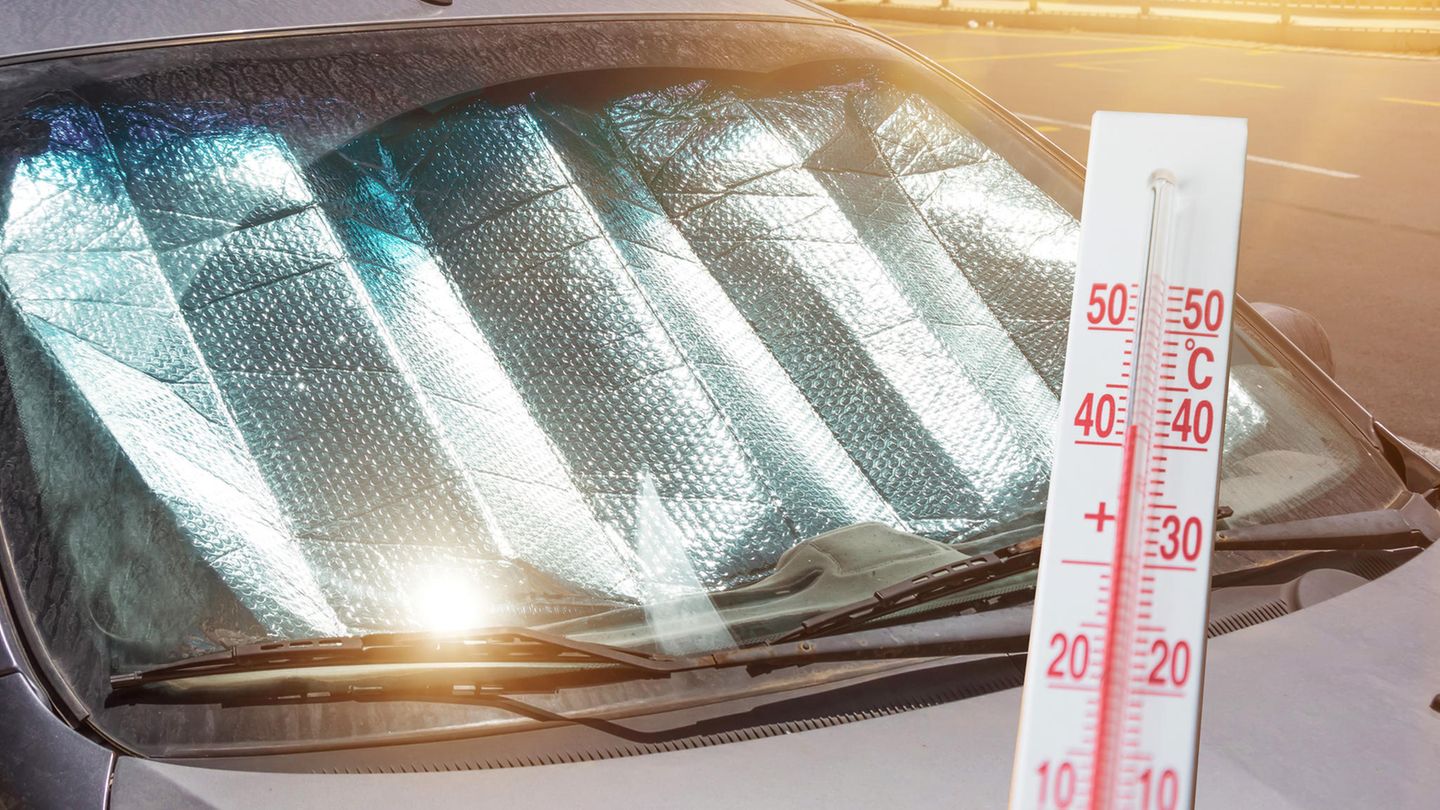I’m a recent graduate of the University of Missouri with a degree in journalism. I started working as a news reporter for 24 Hours World about two years ago, and I’ve been writing articles ever since. My main focus is automotive news, but I’ve also written about politics, lifestyle, and entertainment.
Menu
Sun protection for cars: How to avoid a heat build -up
Categories
Most Read
Forza Ferrari: Unique insights into the world of a legend
October 11, 2025
No Comments
“Pickerl” in Austria is about to end: the time for the motorway vignette is running out
October 10, 2025
No Comments
Car thefts in 2025: These models were the most popular among thieves
October 10, 2025
No Comments
Drivers attention! This vehicle is the one that has to pay the most to Sucive
October 9, 2025
No Comments
“Pickerl” in Austria is about to end: the time for the motorway vignette is ending
October 9, 2025
No Comments
Latest Posts

Venezuela closes embassy in Oslo after Nobel Peace Prize award
October 14, 2025
No Comments
Maria Corina Machado Venezuela closes embassy in Oslo after Nobel Peace Prize award Listen to article Copy the current link Add to wishlist A Venezuelan

Volodimir Zelensky will travel to the US in search of weapons and a meeting with Donald Trump
October 13, 2025
No Comments
October 13, 2025 – 20:47 The meeting between both leaders could take place this coming Friday. The president of Ukraine, Volodymyr Zelensky, anticipated a trip

Marcelo Moretti appeared in San Lorenzo, was insulted by fans and escaped in a patrol car
October 13, 2025
No Comments
The institutional chaos in Saint Lawrence added a new chapter this Monday, when Marcelo Moretti tried to resume the presidency after a court ruling that
24 Hours Worlds is a comprehensive source of instant world current affairs, offering up-to-the-minute coverage of breaking news and events from around the globe. With a team of experienced journalists and experts on hand 24/7.

